6 Objects that help bring the story of D-Day to life for D-Day 80
- View news filtered by: Second World War
- View news filtered by: Museum behind the scenes
- View news filtered by: Collections
- View news filtered by type: Listicle
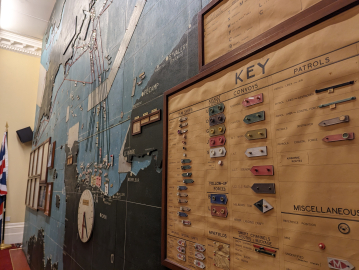
2024 marks the 80th anniversary of D-Day, the largest amphibious assault in history. Beginning with landings across the beaches of Normandy (known as Operation Neptune), Allied forces liberated France, marking the start of the end for Nazi occupation in Western Europe, and by extension the Second World War.
D-Day in 80 Objects is a project by the D-Day Story in Portsmouth telling the story of this legendary operation through 80 specially chosen objects. The National Museum of the Royal Navy has contributed six artefacts, telling the history of the Royal Navy’s contribution. The objects show a range of perspectives on the event, from the Royal Marine Commandos fighting their way up Sword Beach in Normandy to General Eisenhower awaiting updates at Southwick House in Hampshire.
1. A photo of the Royal Marine Commandos landing at Sword Beach 6 June 1944

Led by Lord Lovat, and accompanied by his piper Bill Millin who played the bagpipes as they went ashore on Sword Beach, these Commandos had a very particular job to do. Equipped with folding bicycles, their role was to travel swiftly inland to Pegasus Bridge, which stretches across the Caen Canal in Normandy. This bridge, alongside another over the River Orne, was strategically vital to Operation Neptune.
2. A 15-inch semi armour-piercing shell
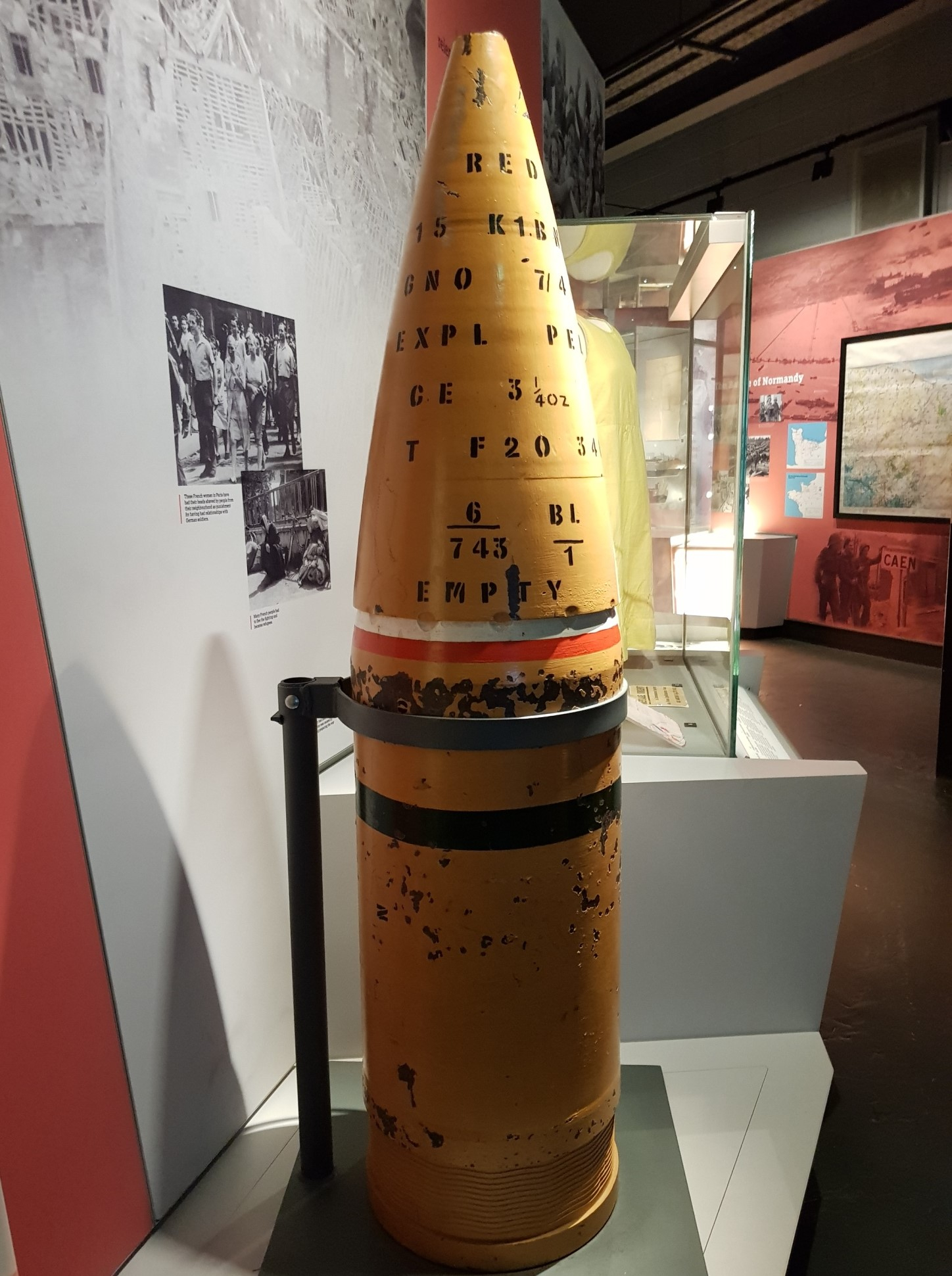
While Lord Lovat, alongside countless other battalions, fought their way up the Normandy beaches, Allied ships bombarded the coast supporting their advance. This bombardment took place before, during and after the operation. HMS Warspite was the first battleship to open fire, aiming for enemy shore batteries east of Ouistreham, near Sword beach. Her captain was quoted as saying “All personnel not on full action stations can come up on deck to witness a sight you will never see again in your lifetime”.
3. A Shillelagh used by Beachmaster Captain Colin Maud
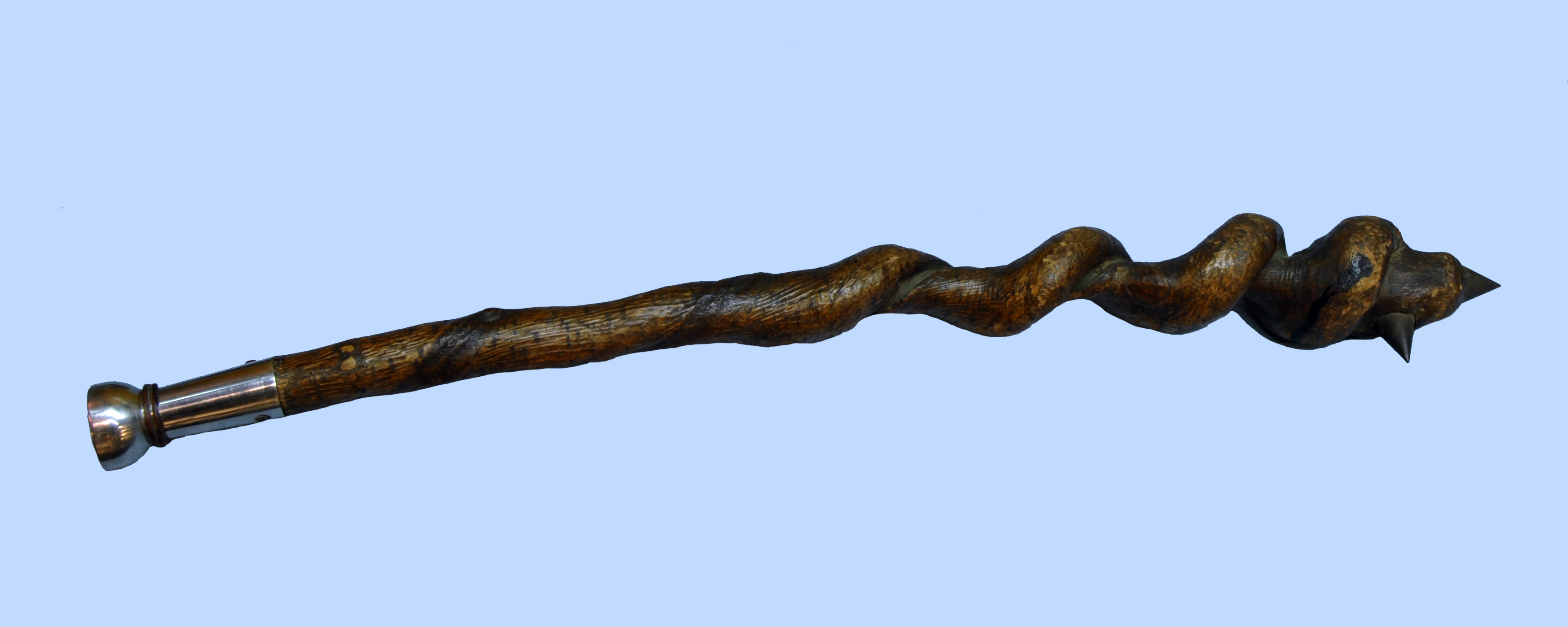
An operation on the scale of D-Day required intricate planning, and each of the five beaches in the invasion were assigned beachmasters. Beachmasters directed troops, supplies and evacuations. Juno beach’s naval-officer-in-charge was Royal Navy Captain Colin Maud, who used this shillelagh to point and direct the movements on the beach. Maud was a character whose larger-than-life persona was brought to life on the silver screen by Kenneth Moore in the 1962 film The Longest Day. Maud was an advisor on the film and the Shillelagh used in the film was the genuine article.
4. LCT 7074
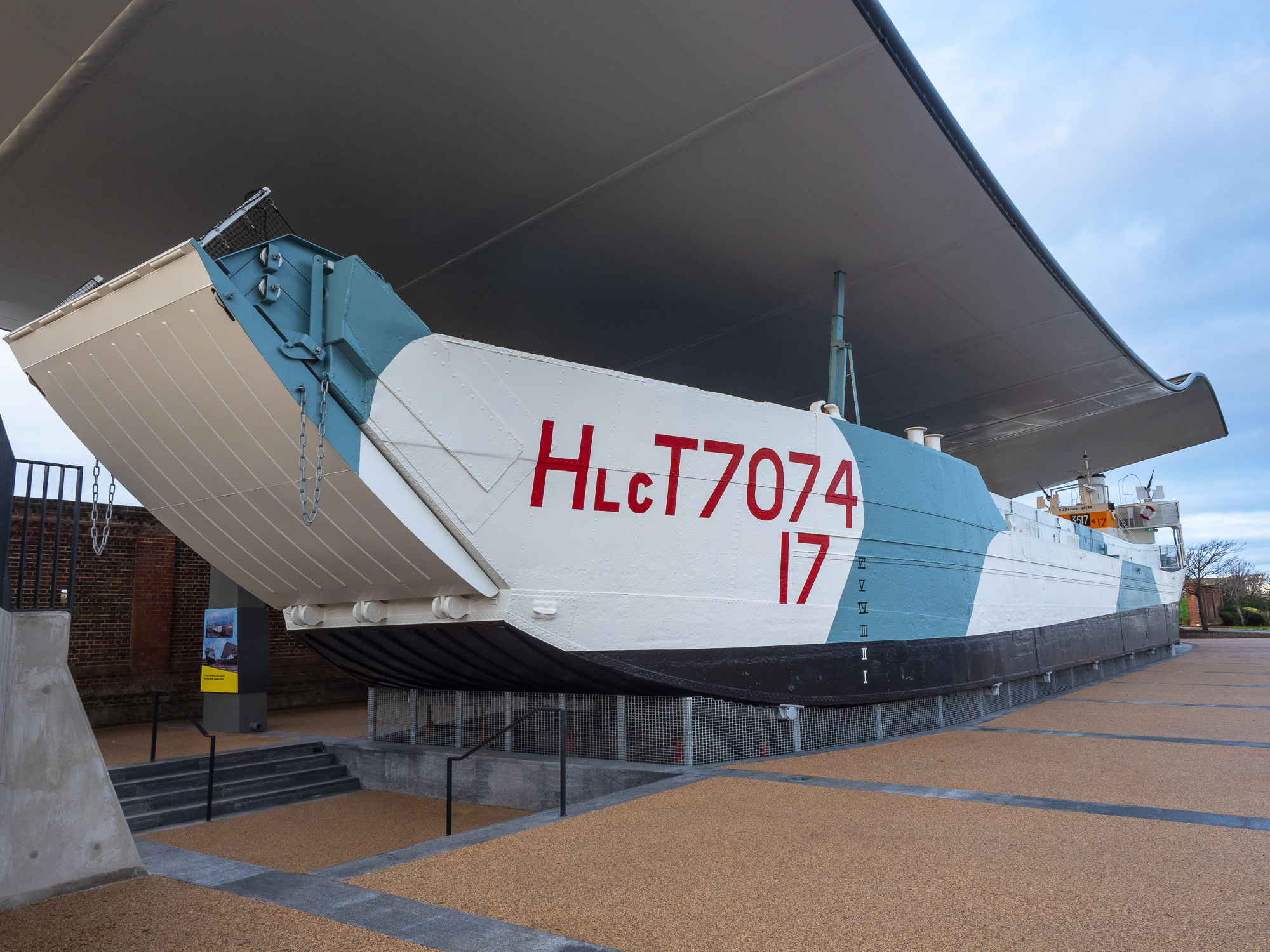
The largest of our contributions to the project is LCT 7074. Currently a part of the D-Day Story Museum, LCT 7074 is the sole-surviving Landing Craft Tank from the campaign. These landing craft were used to deliver troops, tanks and vehicles in the mayhem of the beach landings. LCT 7074 landed at Gold Beach on 7 June 1944, transporting ten tanks and their crew. The tanks carried by these craft were ‘duplex drive’ tanks, a form of amphibious tank developed by the British.
5. A ‘Neger’ torpedo

The German ‘Neger’ Torpedo is essentially a one-man submarine. Converted from a torpedo, this semi-submersible has a range of around 50 miles and could fire a single conventional torpedo. In 1944, they sank or seriously damaged one cruiser, one destroyer and three minesweepers. If it sounds dangerous that’s because it was. While not designed to be used for suicide missions, it is estimated that 80% of its operators were killed.
6. Southwick House D-Day map used by Dwight D. Eisenhower
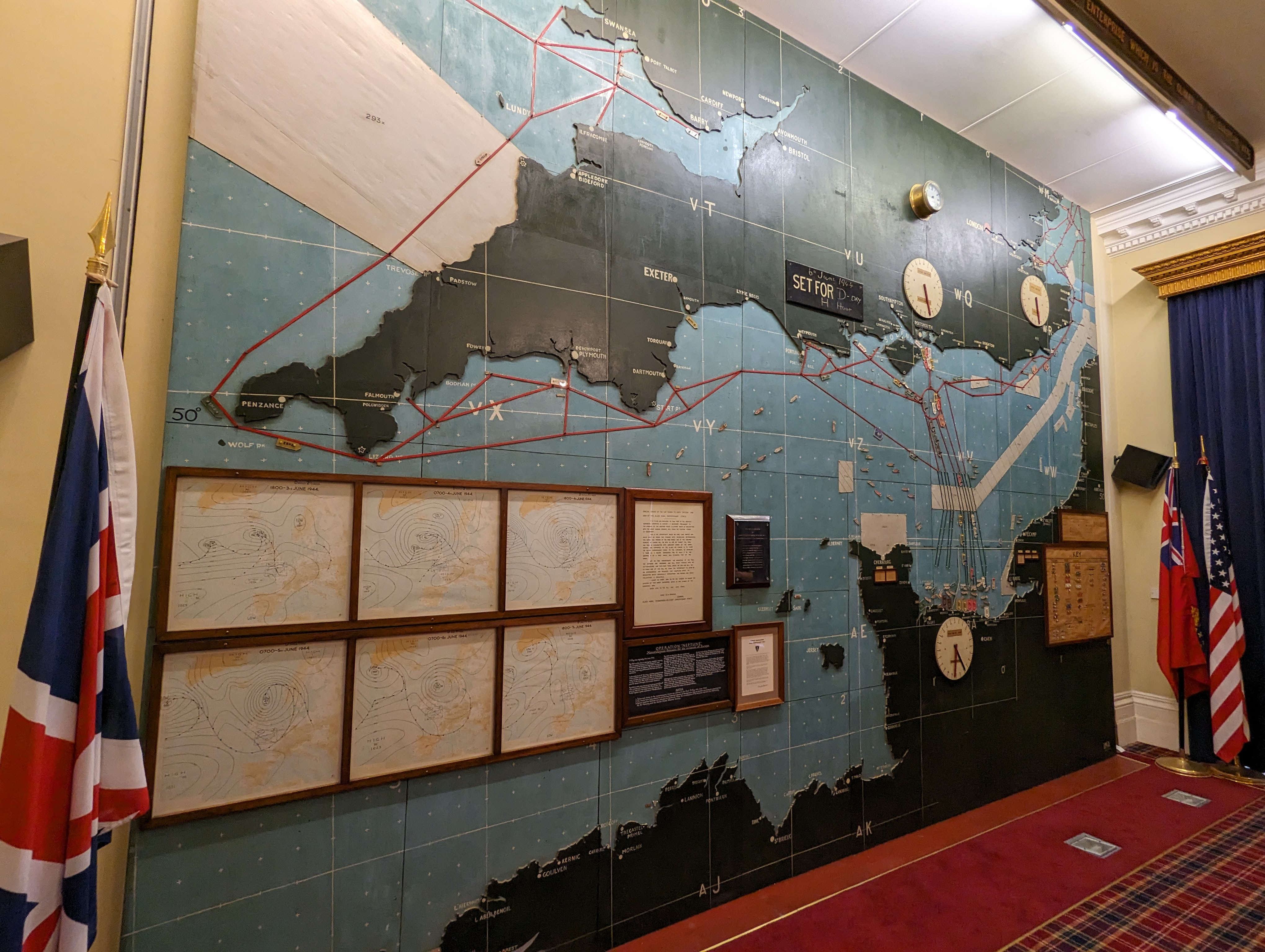
In June 1944, Southwick House, just outside of Portsmouth, became the headquarters for the planning of Operation Overlord for the various Allied commanders. Overlord was the wider plan for the liberation of Europe. The commanders based here included the Supreme Commander of the Allied Expeditionary Forces, Dwight D. Eisenhower, Commander in Chief of the Allied Naval Forces for Operation Neptune Admiral Sir Bertram Ramsay and Commander-in-Chief of Allied Ground Forces General Bernard Montgomery. Here Eisenhower, later President of the United States, made the decision to undertake the D-Day landings on 6 June 1944. The map, constructed by Chad Valley, was used to track the movements of ships during D-Day. WRENS, members of the Women’s Royal Naval Service, would update the map as and when new information was received. It is hard to imagine the tension as markers were moved around the map, being perhaps the only people aware of the full picture of an operation that could end one of the bloodiest conflicts in history. Today, the map remains where it was originally installed 80 years ago.
These six artefacts represent a small percentage of the 80 that have been chosen by different museums to tell the rich and complex story of D-Day. From a ventriloquist dummy to planes and armoured vehicles, all of these objects have a unique and fascinating story to tell. To learn more about the D-Day Story’s ‘D-Day in 80 Objects’ project, please click here.
If you want a more in-depth look at the Southwick House D-Day map our newly created, interactive map allows you to get a new view of the depth of planning required for 'Operation Neptune'.